What is Algae?
Algae are a diverse group of photosynthetic organisms that are found in various aquatic environments such as freshwater, saltwater, and moist areas on land. They can range in size from microscopic unicellular organisms to large multicellular seaweeds. Algae play a crucial role in the ecosystem by producing oxygen through photosynthesis and serving as the base of the aquatic food chain.
Types of Algae
There are several different types of algae, including:
- Green Algae: These are the most diverse group of algae, found in freshwater, saltwater, and terrestrial environments. They can be unicellular, colonial, or multicellular.
- Red Algae: Typically found in marine environments, red algae are known for their red pigmentation due to the presence of the pigment phycoerythrin.
- Brown Algae: Commonly referred to as seaweeds, brown algae are predominantly marine and are known for their characteristic brown color and complex multicellular structure.
- Blue-Green Algae (Cyanobacteria): Despite their name, blue-green algae are not true algae but are photosynthetic bacteria. They are found in various aquatic habitats and can also exist as symbionts in lichens.
Importance of Algae
Algae are of great ecological and economic importance. They contribute significantly to the oxygen production in the atmosphere, serve as food for aquatic organisms, and are used in the production of various products such as food supplements, biofuels, and pharmaceuticals. Additionally, certain types of algae are used in wastewater treatment to remove pollutants.
Study Guide
To study algae effectively, consider the following key points:
- Understand the characteristics and classifications of different types of algae.
- Learn about the ecological role of algae in the environment and their significance in the food chain.
- Explore the various commercial and industrial applications of algae, such as in biofuel production and pharmaceuticals.
- Examine the environmental challenges related to algal blooms and their impact on ecosystems.
By mastering these concepts, you can develop a comprehensive understanding of the importance and diversity of algae in the natural world.
[Algae] Related Worksheets and Study Guides:
.◂Science Worksheets and Study Guides Kindergarten. All About Animals
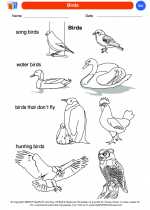
 Coloring Worksheet
Coloring Worksheet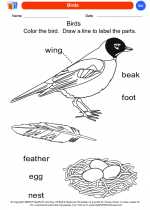
 Coloring Worksheet
Coloring Worksheet
 Coloring Worksheet
Coloring Worksheet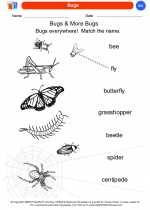
 Coloring Worksheet
Coloring Worksheet
 Coloring Worksheet
Coloring Worksheet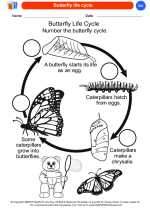
 Coloring Worksheet
Coloring Worksheet
 Coloring Worksheet
Coloring Worksheet
 Coloring Worksheet
Coloring Worksheet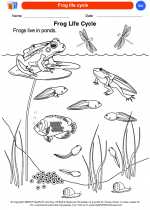
 Coloring Worksheet
Coloring Worksheet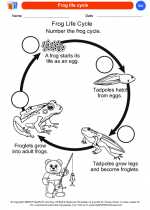
 Coloring Worksheet
Coloring Worksheet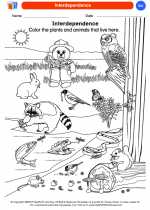
 Coloring Worksheet
Coloring Worksheet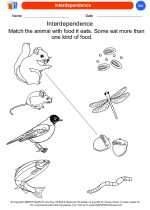
 Coloring Worksheet
Coloring Worksheet
 Coloring Worksheet
Coloring Worksheet
 Coloring Worksheet
Coloring Worksheet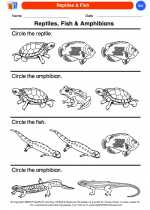
 Coloring Worksheet
Coloring Worksheet
 Coloring Worksheet
Coloring Worksheet
 Coloring Worksheet
Coloring Worksheet
